The market is oftentimes a noisy place, and in this kind of environment, wires can easily get crossed. Brand messaging misses its target, and both brands and the customers they want fail to connect. This is especially true when very little or an ill-chosen strategic preparation precedes the launch of campaigns or content.
Cue market segmentation—the process you should never skip in your digital marketing strategy.
Read on to find how to achieve a more focused messaging strategy to increase engagement and grow your customer base.
What Is Market Segmentation?
Market segmentation is the grouping of prospective customers into segments based on their common needs. This makes them likely to respond in a similar way to specific branding, products, marketing triggers, and calls to action.
Generally, you can identify different market segments among your target audience using these three criteria:
- Homogeneity – common needs within a segment
- Distinction – being unique from other groups
- Reaction – a similar response to the market
How Does Market Segmentation Benefit Your Business?
In a competitive market, where it’s easy to get drowned out by a whole range of brand voices, messaging that is valuable and on target is key to your digital marketing strategy’s success in generating quality leads.
Specifically, this is how you benefit from market segmentation:
- You can better focus your messaging to reach the right audience and drive qualified traffic to your website. This keeps you from wasting your time and effort chasing leads that don’t pan out.
- It allows you to determine which products stand the best chance of gaining a share of a target market.
- It helps you to determine the best way to deliver the products to the market.
- You are able to increase your company’s overall efficiency by focusing limited resources on efforts that yield the best return on investment (ROI).
What Are the Types of Market Segmentation?
Market segmentation can be carried out in numerous ways, but the four most common types you should focus on are demographic (who), psychographic (why), geographic (where), and behavioral (how) segmentations.
1. Demographic Market Segmentation
Possibly the most straightforward and powerful way of defining customer groups, demographic segmentation focuses on identifiable non-character traits such as the following:
- Age
- Gender
- Ethnicity
- Income
- Level of education
- Religion
- Profession/role in a company
With demographic segmentation, you might target potential customers based on their gender and age, which means you’ll make sure that no chunk of your marketing budget is used on messaging that’s aimed at the wrong gender and the wrong age group.
Take, for example, a brand of cosmetics whose products are solely for women. Their demographic segmentation would tell them not to direct their messaging to men, girls below 18, and perhaps women from 65 years old and older, since women’s buying habits when it comes to cosmetic products generally wane with age. Unless they have a product or line of products that are specifically aimed at women in their sixties and older.
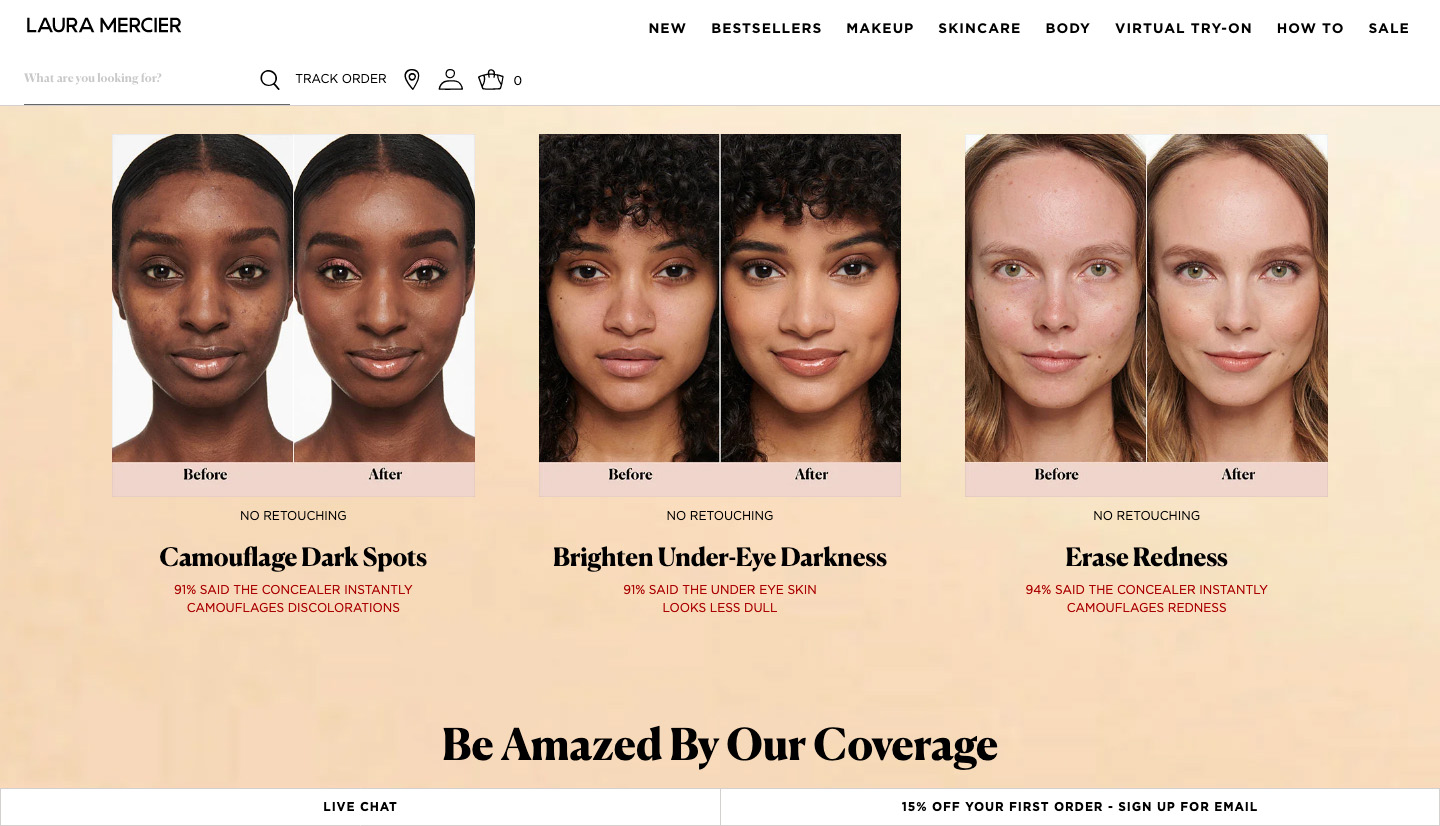
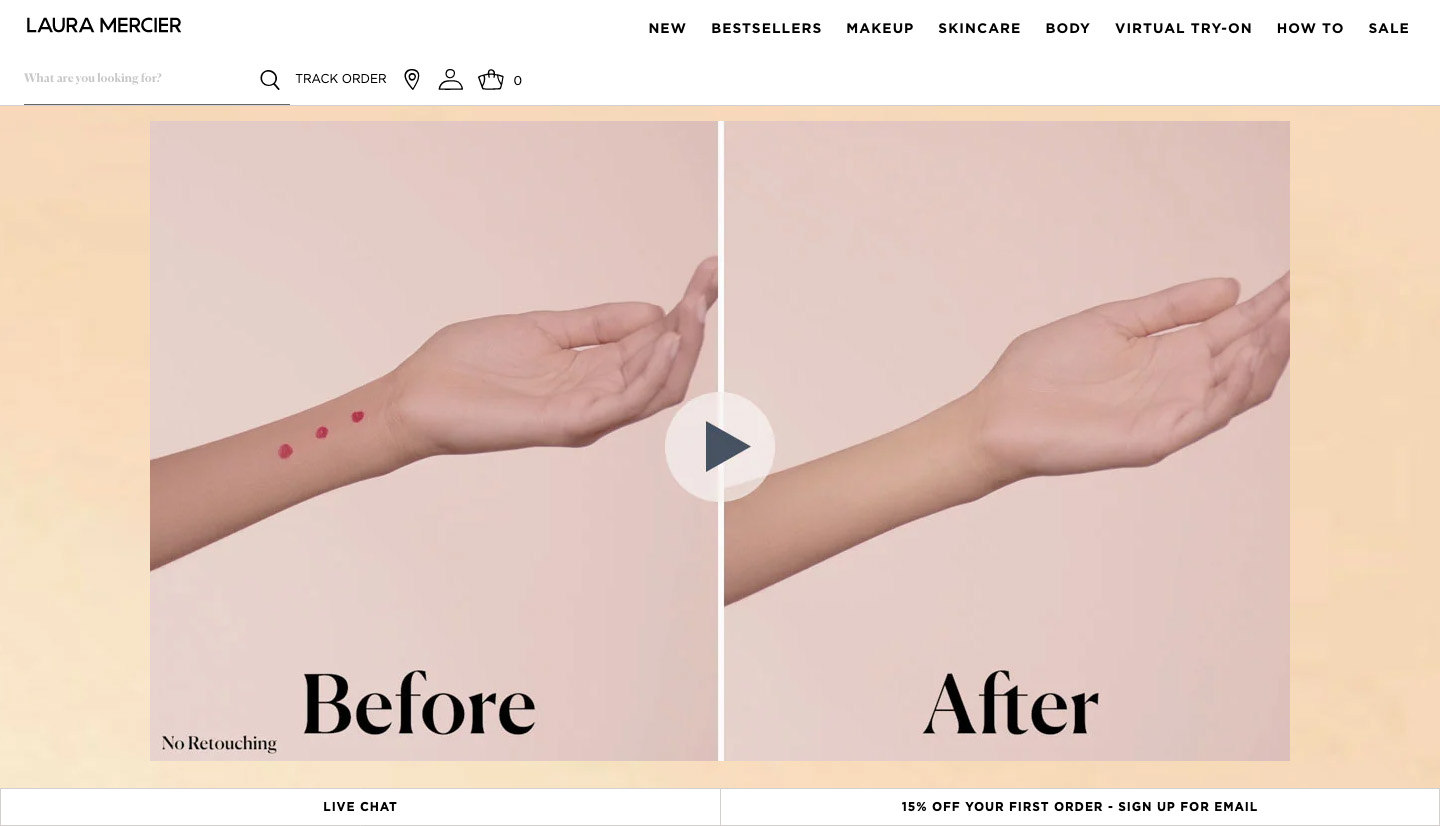


2. Psychographic Market Segmentation
Psychographic segmentation focuses on your potential customers’ personalities and interests. The factors that define customers in this type of segmentation include the following:
- Personality traits
- Hobbies
- Life goals
- Values
- Beliefs
- Lifestyles
Psychographic segmentation is often a harder set to identify than demographic segmentation and requires the aid of good research. When executed effectively, it can help you customize your messaging, content, and products in a way that makes customers and prospects feel that you’re, communicating with them on a much more personal level.
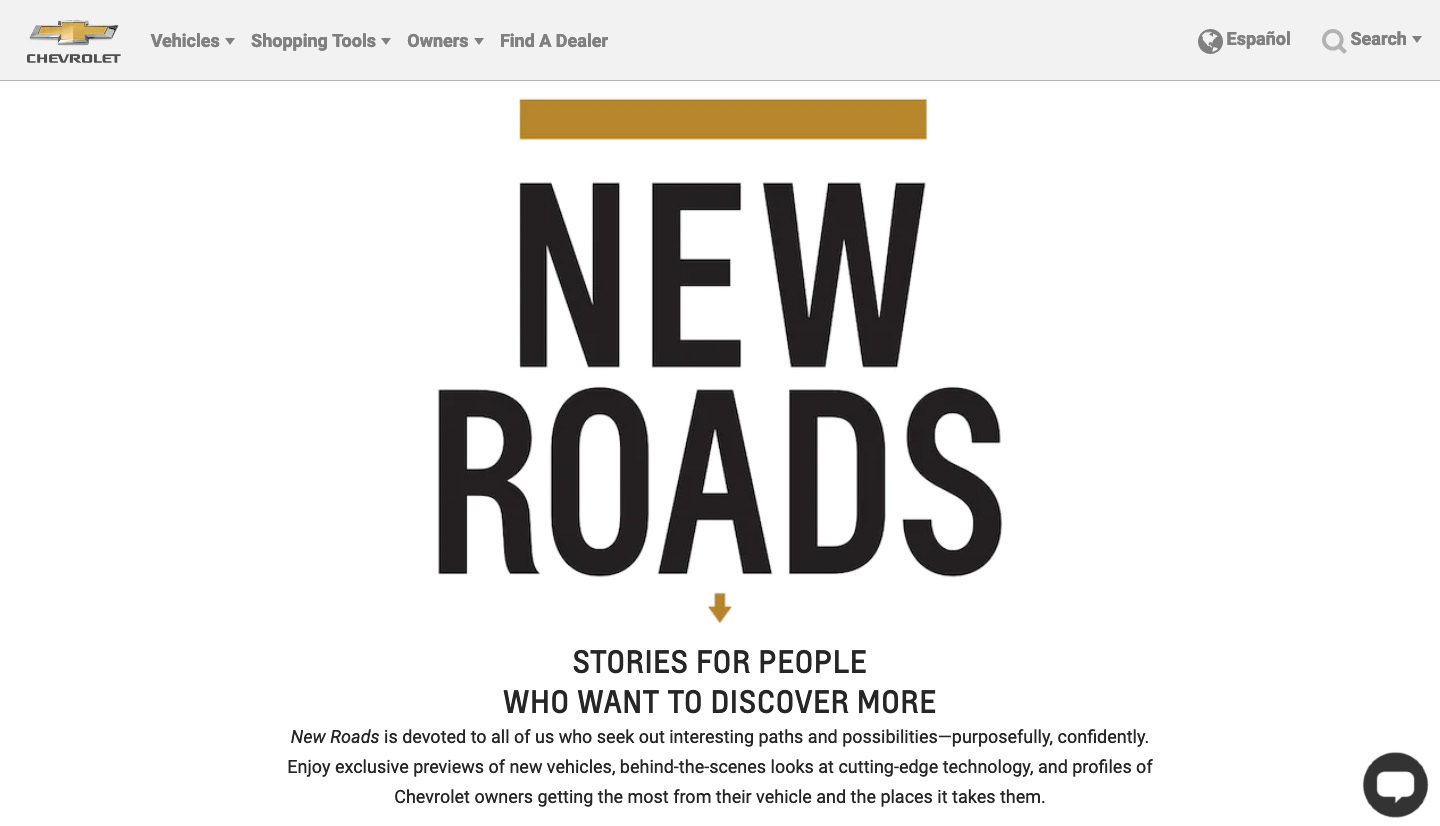
3. Geographic Market Segmentation
This type of segmentation is often one of the easiest to identify since it involves simply grouping customers according to their physical location, which can be defined in any number of ways:
- Country
- Region
- City
- Postal code
Geographical segmentation makes it possible to group customers within a set radius of a certain location, giving marketers a great option when it comes to promoting events to local audiences. Knowing your customer’s location gives you room to allow a number of considerations regarding how you advertise events—and that includes virtual live events.
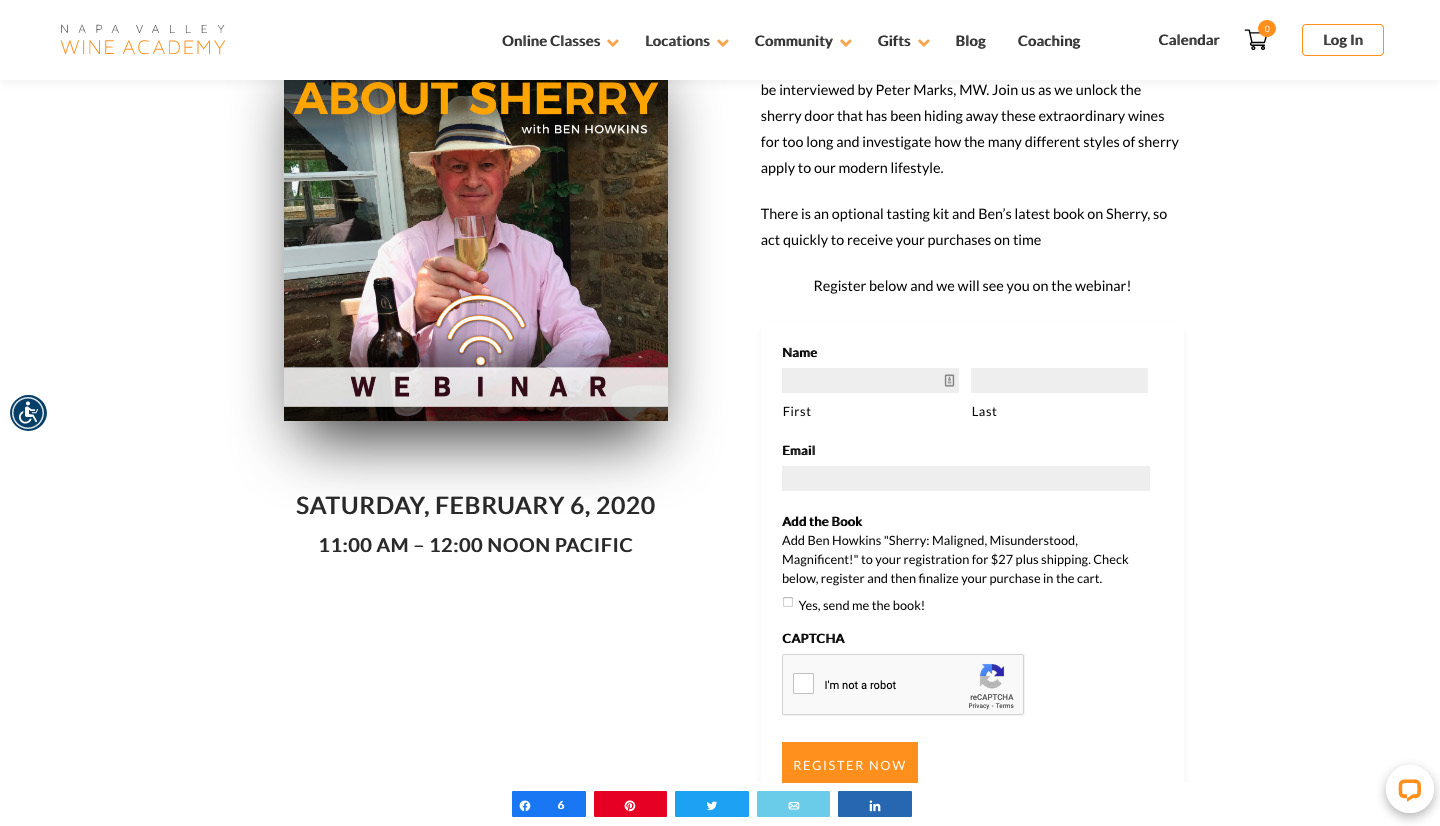
Elsewhere, awareness of where your customers are from allows for customization, which is an opportunity you don’t want to miss, because personalization is becoming even more of a requirement for consumers to engage with and patronize a brand.
Customization based on customer location often considers local weather, local culture, unique events, etc.
In the case of McDonald’s, for example:
McDonald’s US offers Sausage Burrito, Sausage, Egg & Cheese McGriddles, and Egg McMuffin.
McDonald’s Ireland, on the other hand, has Crispy Chicken Salad and veggie options like Veggie Dippers and the Spicy Veggie One. Then instead of a McFlurry with M&Ms, they have Maltesers McFlurry.
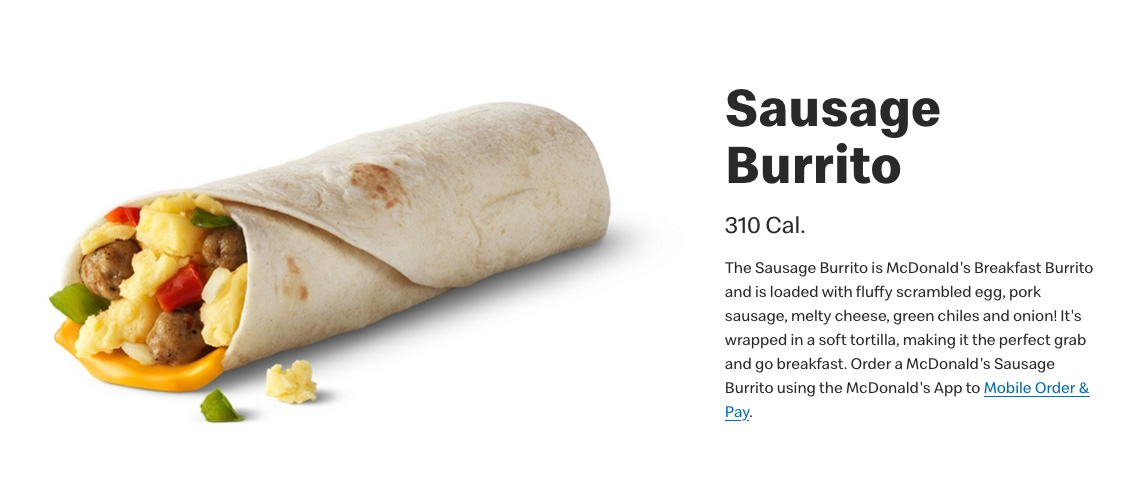
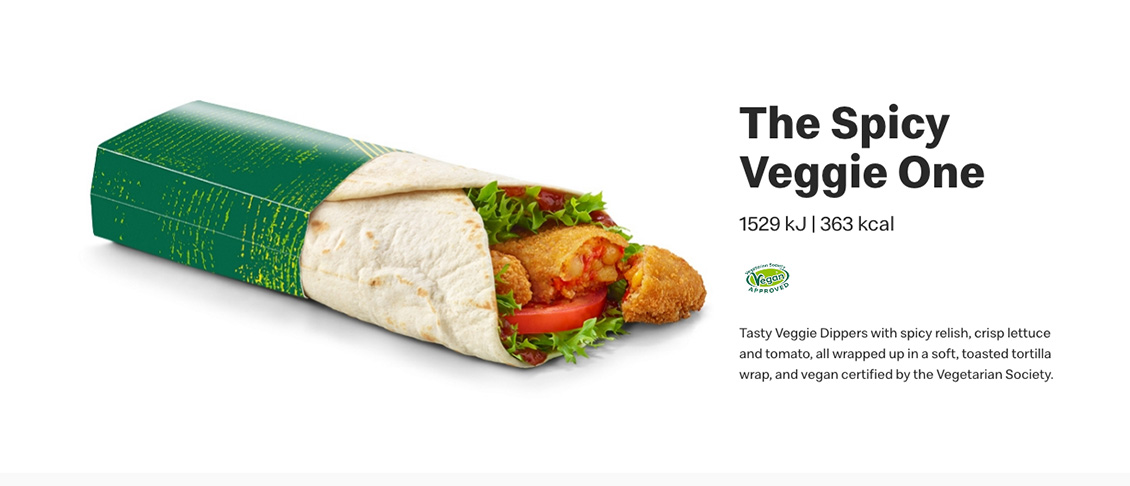

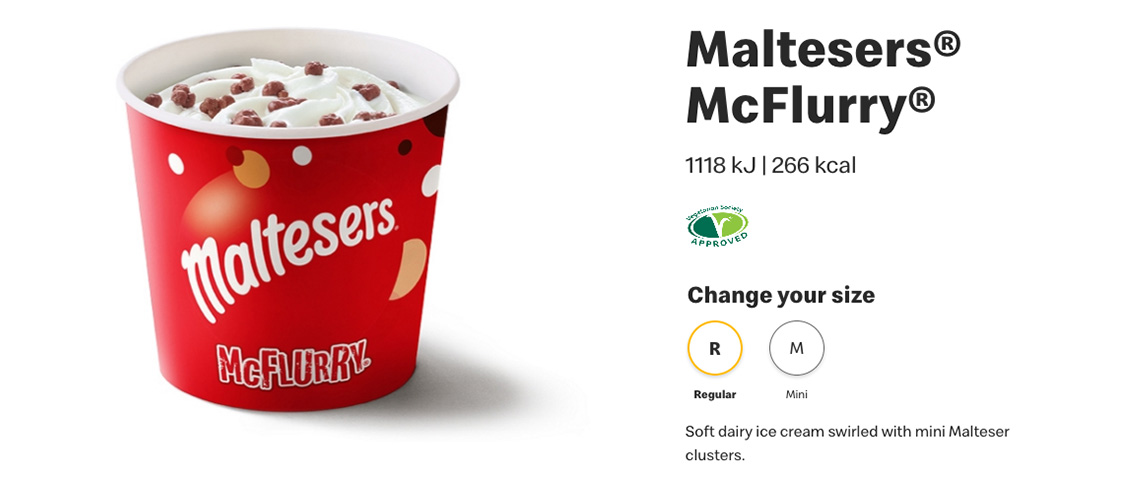
4. Behavioral Market Segmentation
This may be the most useful of all for e-commerce businesses. Like psychographic segmentation, it relies on relevant data to be truly effective. The good news is that much of the data you will need can be collected through your website itself.
In behavioral market segmentation, customers are grouped according to the following factors:
- Spending habits
- Purchasing habits
- Browsing habits
- Interactions with the brand
- Loyalty to brand
- Previous product ratings
A customer or visitor’s usage of your website can indicate whether they are either of the following:
- First-time visitor on your website
- Returning website visitor
- Returning customer
- Someone who abandoned their cart
- VIP customer
Your marketing team can then design high-value and targeted campaigns based on any (or a combination) of the following behavioral patterns:
- Number of sessions to your website
- Number of pages visited
- Time spent on site
- URLs visited
- Page types visited
- Shopping cart value
- Campaign history
- Referral source
- Exit intent
- Inactivity
A repeat visitor who has not yet made a purchase may need reassurance that their interest in your brand is not wasted. You can then offer them a free trial or give them a gentle nudge to chat with an agent or point them to free content so they can get to know your brand better through your content.
Meanwhile, a returning customer gets a well-deserved treat: a steep discount on their purchase of the new product your brand is rolling out, complimentary tickets to an event that your brand is a part of, a birthday gift—there’s plenty of room for creativity.
Conclusion
Market segmentation is a key process in any business’s overall digital marketing strategy. It offers invaluable insight into your audience and helps you fine-tune your various strategies—branding, messaging, lead generation, conversion, etc.
Ultimately, market segmentation will keep you from wasting your time, effort, and resources on campaigns and content that don’t get delivered to your target audience.



